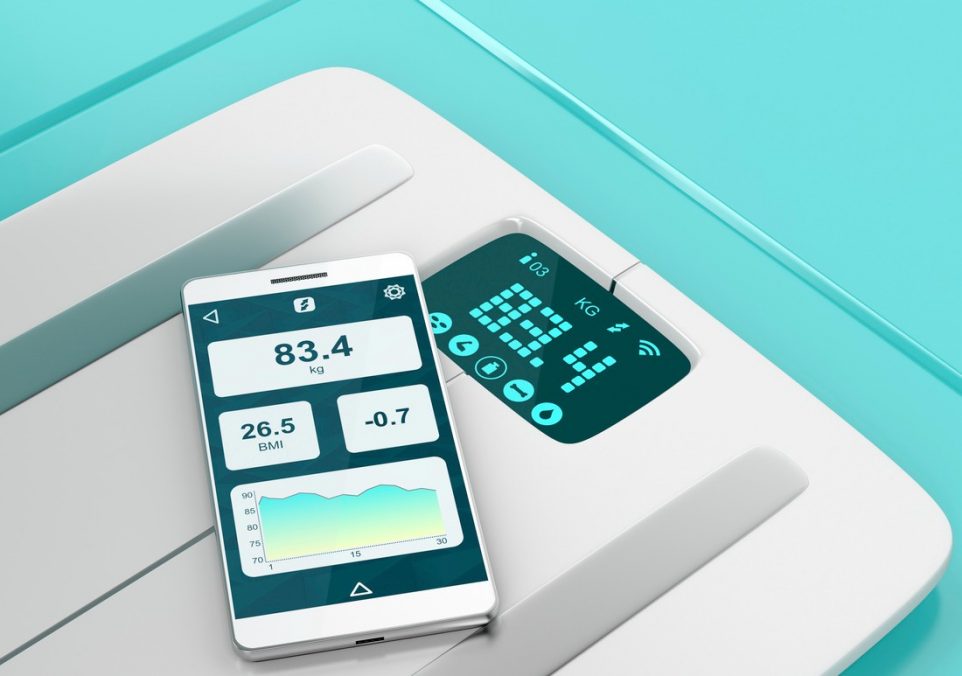How To Calibrate a Digital Scale in 6 Steps

Calibrating your digital scale might seem like just another chore on the to-do list, but it’s actually a crucial step that can significantly impact the accuracy of your measurements. Whether you’re a fitness enthusiast tracking your weight changes, a cook perfecting recipes, or managing shipments for your small business, precision matters. Let’s dive into the nuances of calibrating your digital scale with an expert touch and ensure that you’re getting the most reliable readings possible.
Step 1: Clean the Scale
Start with a clean slate—literally. Residues, dust, and debris can subtly affect scale readings. Use a soft, dry cloth to gently wipe down the surface. Avoid chemical cleaners or anything damp that might seep into the electronic components. It’s all about preserving the integrity of your scale’s sensors.
Step 2: Check the User Manual
Every scale ticks a bit differently. Dive into your user manual; it’s your scale’s biography. Models vary, and so do their calibration needs. The manual will guide you on specific weights required for calibration and the sequence of steps tailored to your model. This isn’t just bureaucracy—it’s ensuring you follow a map that leads to precision.
Step 3: Place Calibration Weight on the Scale
This isn’t just about placing any weight—this is about the right weight. Use a professional-grade calibration weight that matches your scale’s maximum capacity. Position it dead center to avoid any uneven weight distribution. This placement mimics the way you’ll typically use the scale, ensuring consistency across all your measurements.
Step 4: Press the Calibration Button
Now, find the calibration button. This could be clearly marked, or it might be a combo of buttons depending on the model. Pressing this starts a process that tells your scale, “Hey, this is what true weight looks like.” It’s recalibrating its brain to recognize the correct weight, ensuring it forgets any previous inaccuracies.
Step 5: Wait for the Calibration Process to Finish
Patience is key. The display will flicker through a sequence—this is the scale’s way of recalibrating its internal settings based on the calibration weight. When it resets to zero, that’s your green light indicating the calibration is complete. It’s akin to a chef tasting their dish, ensuring the flavors are just right.
Step 6: Remove the Calibration Weight and Test the Scale
Lift the weight and replace it with another item of known weight to test the scale’s accuracy. This step checks the scale’s real-world application—it’s not just about meeting lab conditions but ensuring everyday accuracy. If the numbers are off, it’s time to recalibrate. Think of it like tuning a musical instrument before a concert.
Troubleshooting Common Calibration Errors
Even following these steps, things might not go as planned. Here’s how to troubleshoot:
- Check Battery Strength: Weak batteries deliver weak performance. They can fluctuate and provide inconsistent readings. Always keep them fresh.
- Check for Interference: Keep your scale away from electronic devices or large metal objects. These can create electromagnetic interference that skews your readings.
- Check the Power Source: If your scale runs on AC power, fluctuations in your home’s electricity supply can affect its accuracy. Ensure your power source is stable and uninterrupted.
Trustworthy Insights for You
With years of combined expertise in online publishing, OvertimeReviews embodies the lessons learned from SEO strategies to paid advertising experiences. We've navigated the highs and lows, and our goal remains clear: to equip readers with comprehensive information they can trust.
